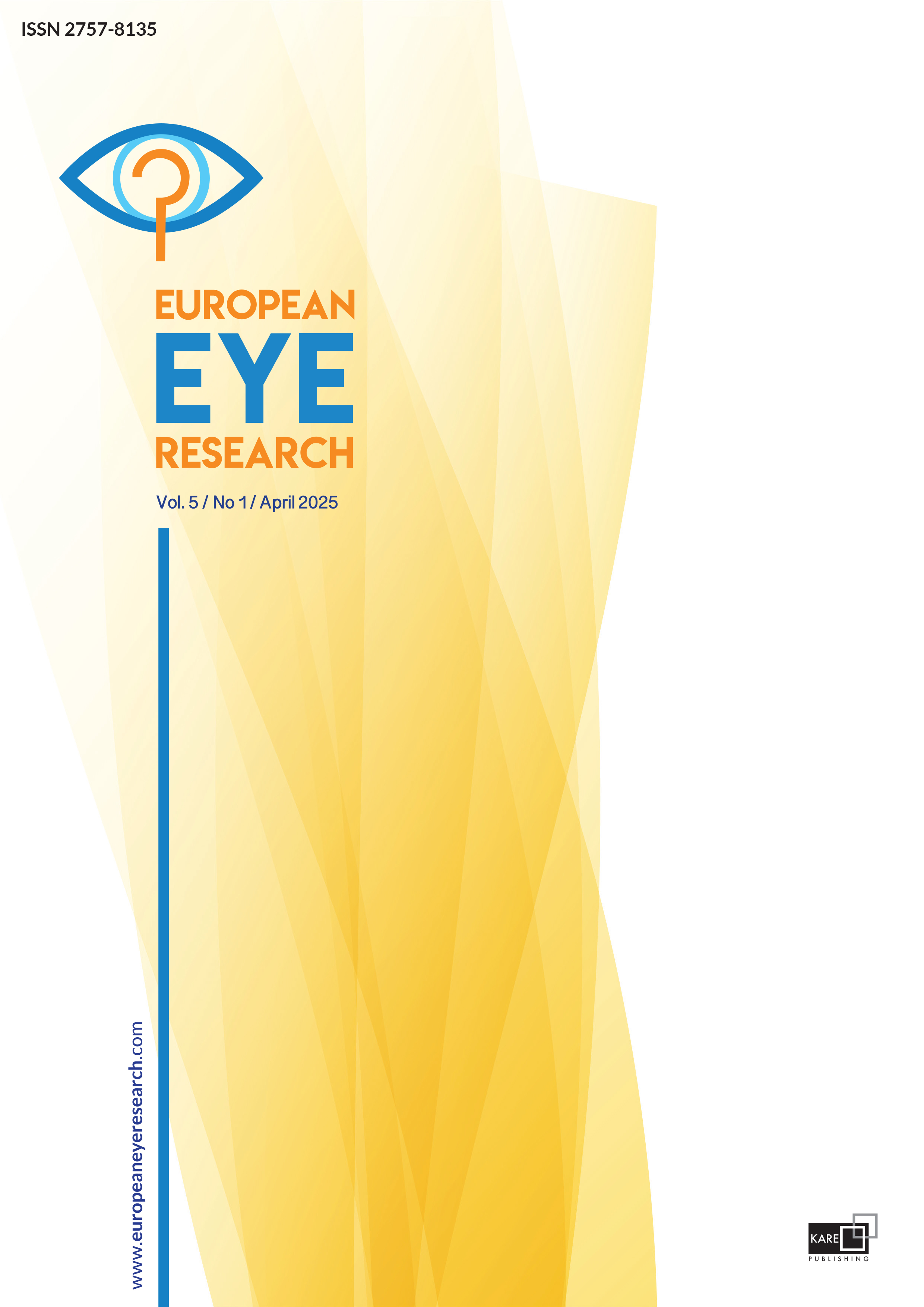

Comparison of corneal biomechanical properties in primary open angle glaucoma, normal-tension glaucoma, and ocular hypertension
Duygu Tüzün Sayın1, Cigdem Altan2, Banu Solmaz2, Berna Basarır21Department Of Ophthalmology, University of Health Sciences, Kanuni Sultan Suleyman Education and Research Hospital, Istanbul, Turkey2Department of Ophthalmology, University of Health Sciences,Beyoglu Eye Training and Research Hospital, Istanbul, Turkey
PURPOSE: The aim of the study is to compare the biomechanical properties of the cornea and intraocular pressure (IOP) in primary open-angle glaucoma (POAG), normal-tension glaucoma (NTG), ocular hypertension (OHT), and normal eyes (N) measured by the ocular response analyzer (ORA).
METHODS: This is a retrospective, cross-sectional, and comparative clinical trial. Corneal hysteresis (CH), corneal resistance factor (CRF), Goldmann IOP (IOPg), and corneal compensated IOP (IOPcc) were obtained using an ORA for all patients. IOP using Goldmann applanation tonometry (IOPGAT) and ultrasonic central corneal thickness (CCT) were also measured for each eye. Results were compared between groups.
RESULTS: The mean CH in POAG, NTG, OHT, and normal control eyes was 9.2±2.1 mmHg, 9.9±1.6 mmHg, 10.1±2.0 mmHg, and 10.93±1.4 mmHg; CRF was 13±2.3 mmHg, 10.7±1.7 mmHg, 13.3±1.9 mmHg, and 11.1±1.7 mmHg; CCT was 567.9±44.5 µm, 553.9±35.0 µm, 576.7±35.5 µm, 558.9±41.3 µm, respectively. CH was significantly lower in the POAG group compared with the OHT and N group (p<0.05). CRF was significantly lower in the NTG group compared with the POAG and OHT group (p<0.05). There was a positive correlation between CCT and CH, CRF in all eyes. We found that IOPGAT, IOPcc, and IOPg were positively correlated with CCT and CRF, and negatively correlated with CH in all eyes.
CONCLUSION: In this study, CH was lower in the POAG and NTG groups. CRF was higher in the POAG and OHT groups. Further studies may help explain the relationship between the pathogenesis of glaucoma and corneal biomechanical properties.
Manuscript Language: English



